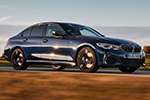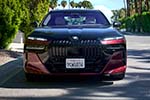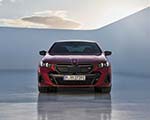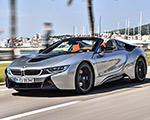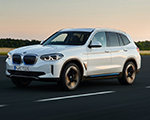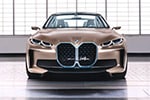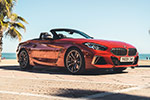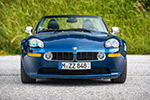We never miss a chance to talk about the M1, given its importance in BMW’s legacy. The company’s own E26 stars in a new video that briefly recounts how the mid-engine supercar came to be. Its story was tumultuous from the start, as Lamborghini’s financial troubles delayed the launch beyond the original 1977 target.
The M1 was originally intended to race in Group 4, but extended development time and regulatory changes forced BMW to rethink its plans. Lamborghini dropped out of the project in 1978 after failing to honor its contract to build 400 cars for BMW Motorsport. German coachbuilder Baur ultimately handled final assembly of the Giugiaro-designed wedge in Stuttgart. Italian company Marchesi supplied the tubular frame, TIR produced the fiberglass body, and Italdesign was responsible for marrying the two.
Only 460 cars were ever made for road and track use. The M1 eventually found its place in the dedicated Procar Series, which supported Formula 1 races in Europe during the 1979 and 1980 seasons. However, the program was short-lived and met with mixed reviews, partly due to early engine issues.
Sadly, nothing quite like the M1 has followed. The 2008 Hommage remained a concept, while the 2013 i8 wasn’t a true supercar despite its mid-engine layout. The 2019 Vision M Next came close to production but was ultimately canceled. Speaking with BMWBLOG earlier this year, M boss Frank van Meel admitted that a supercar is not currently a priority.
Still, there’s room for optimism. BMW is “always looking into” developing a standalone M model to crown the lineup. The mayor of M Town hasn’t ruled out a supercar entirely, saying: “Maybe someday we’ll find the right window of opportunity where we have the capacity to work on a car like that.”
Ideally, an M1-inspired flagship would follow its predecessor’s formula with a pure combustion engine. Yet time is running out, as the M division accelerates electrification to meet increasingly strict emissions standards. Hopefully, there’s still a window for one last ICE range-topper before plug-in hybrids and EVs take over completely.



































